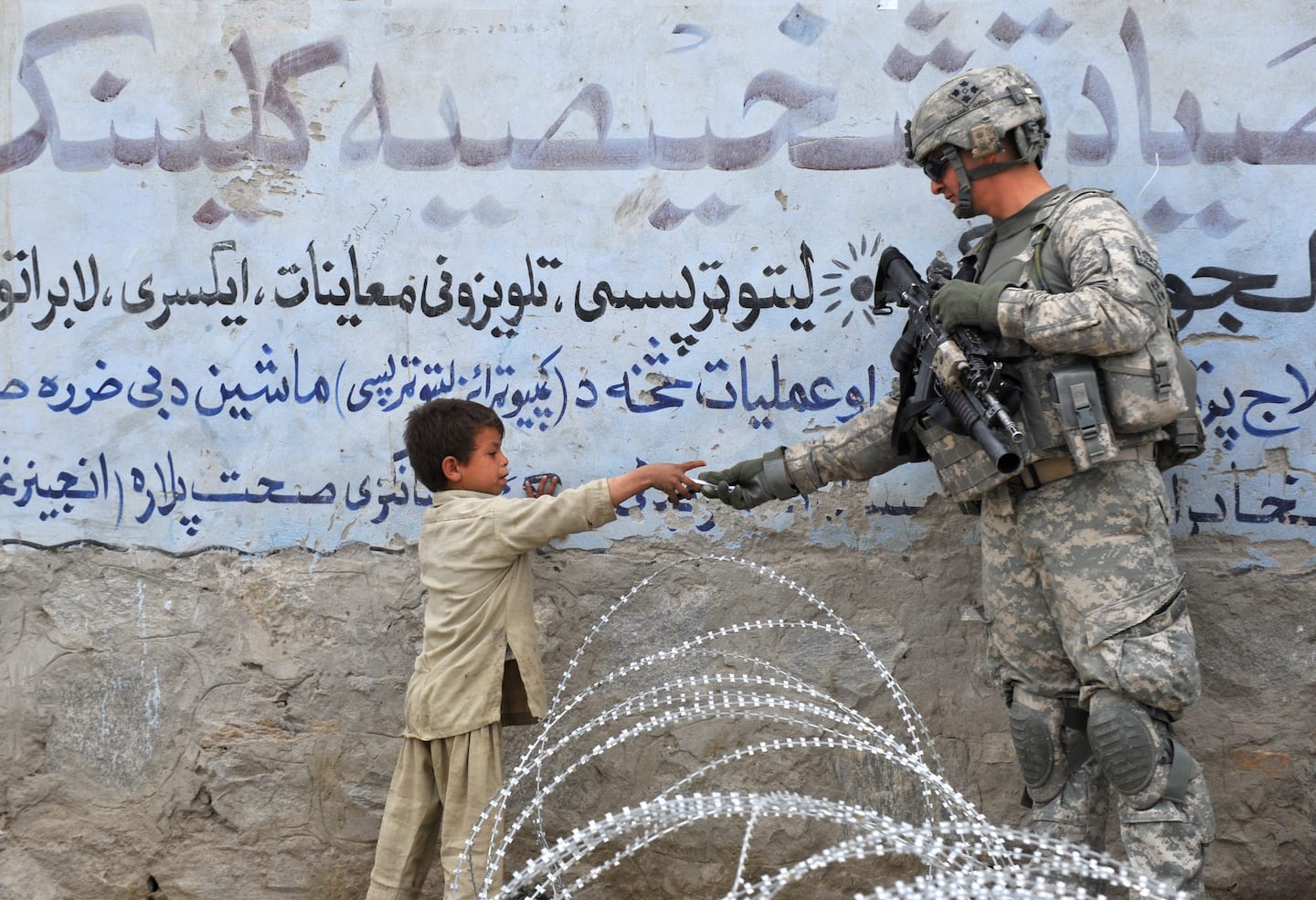Biden’s Afghanistan withdrawal could be the first step to a Taliban takeover

The result was a North Vietnamese offensive that resulted in the fall of Saigon on April 30, 1975. The U.S. military had to hastily evacuate American personnel and some of the South Vietnamese they had worked most closely with. But hundreds of thousands of our allies were confined to brutal reeducation camps and hundreds of thousands more took to the seas as “boat people.” Many died while trying to flee.
President Biden was already in the Senate when this tragedy transpired. Yet he risks a repeat of this fiasco with his fateful decision, revealed Tuesday in The Post, to pull all U.S. troops out of Afghanistan by Sept. 11.
There is no peace in Afghanistan today. The accord signed last year by the Trump administration has not led the Taliban to give up its arms or their aims. It is very much on the offensive, attacking not only Afghan security forces but also civilians. Indeed, there has been a high-profile terrorist campaign targeting civil society leaders — the kind of people who can lead Afghan society out of the dark ages. Nor have the Taliban disavowed al-Qaeda, as it was supposed to do. Relations between the two groups remain as cozy as ever. Negotiations in Qatar between the Afghan government and the Taliban, meanwhile, are going nowhere fast.
But while the Taliban remains as militant and dangerous as ever, U.S. forces have rapidly declined over the course of the past year. There are now only 3,500 U.S. troops left in Afghanistan — the lowest level since 2001 — and most of them are acting as advisers to Afghan forces. By the terms of the Taliban agreement with the Trump administration, all of them are supposed to be gone by May 1.
Biden had hoped to avoid the awful choice of whether to withdraw the U.S. troops despite the absence of progress on the peace front. In early March, his administration threw a Hail Mary by calling for U.N.-sponsored talks involving Afghanistan’s neighbors, new negotiations in Turkey between the Afghan government and the Taliban to “finalize a peace agreement,” and a proposal for a 90-day reduction in violence to avert a spring offensive by the Taliban. Zalmay Khalilzad, the U.S. envoy to the peace talks, even circulated a plan for a possible peace settlement that would involve the Taliban and the government sharing power under a new constitution that would guarantee freedom of speech and women’s rights.
Predictably, this gambit has not paid off. President Ashraf Ghani, Afghanistan’s elected leader, does not want to step down, and the Taliban is in no mood for making accommodations when final victory appears near. It plans to reestablish its fundamentalist emirate — not to be part of a pro-Western regime run by those it views as traitors to Islam. And it has no incentive to compromise with U.S. troops leaving. As a former Afghan security official told the New York Times a few weeks ago: “They think they have beaten the Americans, so they can beat the other Afghan forces as well, and get control over the country.”
Biden’s decision to withdraw in less than five months, no matter the conditions on the ground, makes a Taliban takeover or at least a massive civil war much more likely. The U.S. intelligence community has concluded that it would take only two to three years after a U.S. pullout for the Taliban to conquer much of the country. The congressionally chartered Afghan Study Group, co-chaired by retired Gen. Joseph F. Dunford Jr., a former chairman of the Joint Chiefs of Staff, warned that “a precipitous withdrawal could lead to a reconstitution of the terrorist threat to the U.S. homeland within eighteen months to three years.” (Think of the rise of the Islamic State after the U.S. withdrawal from Iraq in 2011.)
To avert such a dire contingency, Biden would not have to wage a “forever war.” He would merely have to keep a relatively small number of U.S. forces to advise and assist the Afghans who already undertake almost all of the fighting.
Beyond the strategic risk to the United States of a precipitous withdrawal, there is the undoubted risk to all of the Afghans who have risked life and limb to build a new country since 2001. Think of all the girls going to school, all the women in the workforce, all the brave soldiers and police officers fighting the Taliban despite heavy casualties, all the young entrepreneurs starting businesses, all the government officials trying to build a fragile democracy. Yes, there are many abusive and crooked officials on the government side — and their depredations have done much damage to the government’s cause.
But there are also many millions of ordinary Afghans who simply want a decent life and don’t want to be ruled by the Taliban. If Biden pulls out as planned in September absent a binding peace settlement, he will be consigning them to the same fate as our abandoned South Vietnamese allies. The fall of Kabul could be as ugly as the fall of Saigon.
Assign a grade to President Biden’s first 100 days
How would you grade the president’s performance so far? Has Biden surprised you in any way? Disappointed you, or exceeded your expectations? Your comments may be used in an upcoming project from Opinions.
Read more:






